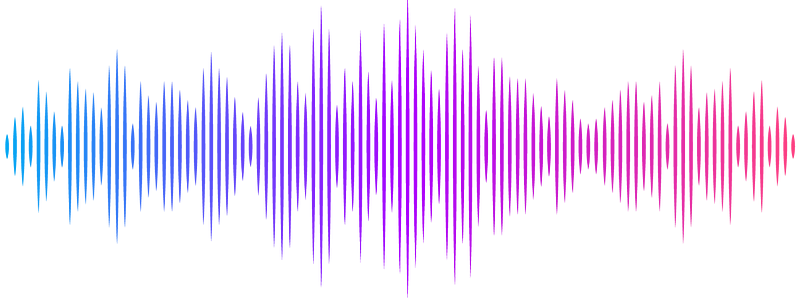Simultaneous measurement of intrinsic promoter and enhancer potential reveals principles of functional duality and regulatory reciprocity

Simultaneous measurement of intrinsic promoter and enhancer potential reveals principles of functional duality and regulatory reciprocity
Paramo, M. I.; Leung, A. K.-Y.; Shah, S. R.; Zhang, J.; Tippens, N. D.; Liang, J.; Yao, L.; Jin, Y.; Pan, X.; Ozer, A.; Lis, J. T.; Yu, H.
AbstractGrowing evidence indicates that transcriptional regulatory elements can exert both promoter and enhancer activity; however, the relationship and determinants of this dual functionality remain poorly understood. We developed a massively parallel dual reporter assay that enables simultaneous assessment of the intrinsic promoter and enhancer potential exerted by the same sequence. Parallel quantification for thousands of elements reveals that canonical human promoters and enhancers can act as both promoters and enhancers under the same contexts, and that promoter activity may be necessary but not sufficient for enhancer function. We find that regulatory potential is intrinsic to element sequences, irrespective of downstream features typically associated with distinct element classes. Perturbations to element transcription factor binding motifs lead to disruptions in both activities, implicating a shared syntax for the two regulatory functions. Combinations of elements with different minimal promoters reveal reciprocal activity modulation between associated elements and a strong positive correlation between promoter and enhancer functions imply a bidirectional feedback loop used to maintain environments of high transcriptional activity. Finally, our results indicate that the magnitude and balance between promoter and enhancer functions are shaped by both intrinsic sequence properties and contextual regulatory influences, suggesting a degree of plasticity in regulatory action. Our approach provides a new lens for understanding fundamental principles of regulatory element biology.